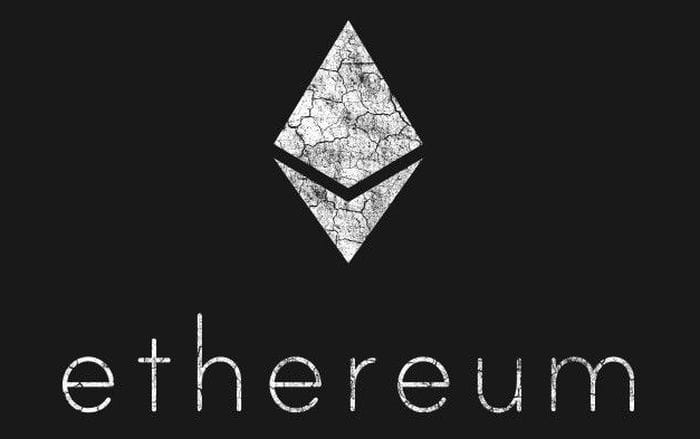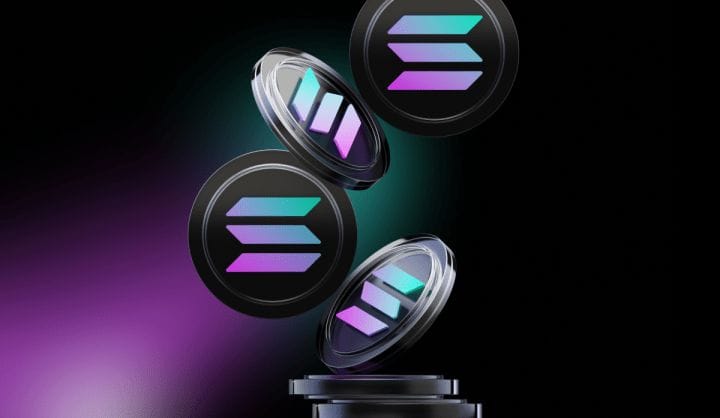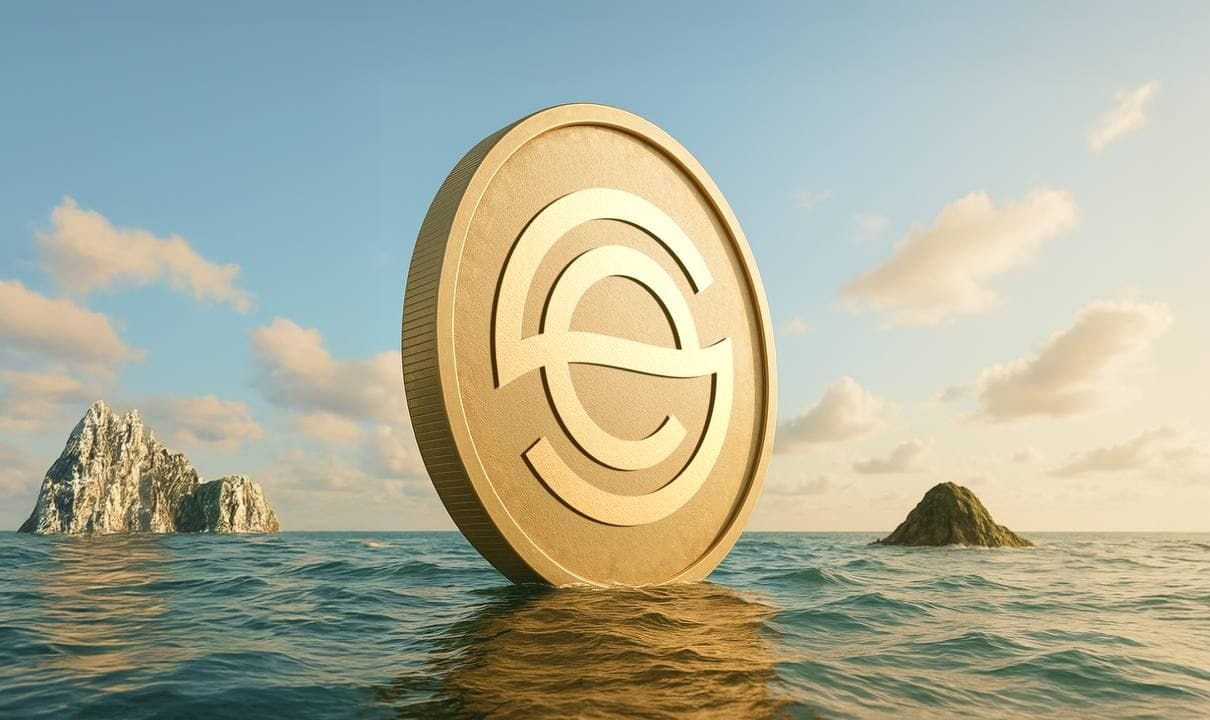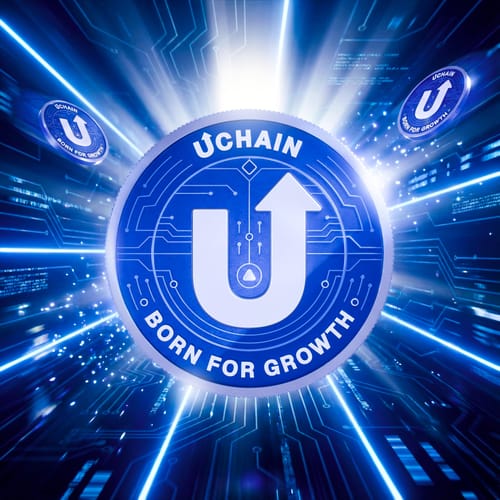The consolidation phase amid regulatory tailwinds and institutional adoption is creating entry points for long-term investors. The regulatory environment has shifted from "enforcement" to "enablement": exchanges are expanding crypto ETPs beyond Bitcoin and Ethereum, major funds are formalizing exposure, the Treasury approved staking for Ethereum ETFs — opening institutional access to yield. The Fear & Greed Index sits in extreme fear territory, which historically signals local bottoms are near.
What sets this correction apart is a deep shift in fundamentals. Institutional adoption isn't a forecast anymore — it's reality. Banks and payment systems are building new rails for crypto transfers, BlackRock is tokenizing U.S. Treasuries on blockchain, Taiwan is exploring BTC as a strategic reserve. Stablecoins are processing volumes that compete with Visa. Decentralized networks are deploying millions of physical devices for computation and data storage. Capital inflows have recovered, signaling readiness to buy the dip.
Which projects are worth considering during this consolidation before the next growth wave? Focus on existing traction and upcoming catalysts.
#1 Bitcoin ($BTC): Scarcity Meets Institutional Adoption

Limited supply is meeting growing structural demand — a fundamental dynamic that works regardless of short-term volatility. Unlike fiat currencies that central banks print at will, Bitcoin has a hard cap of 21 million coins. Scarcity intensifies as institutional capital formalizes exposure through regulated instruments.
ETF infrastructure provides persistent bid: hundreds of billions in assets under management represent long-term capital that doesn't vanish during corrections. Renewed inflows after a series of outflows show conviction buying. Professional managers treat Bitcoin as a portfolio diversification allocation, accumulating during price declines.
CFOs are adding Bitcoin to corporate treasuries alongside bonds and cash. The rise in public companies with BTC holdings year-to-date reflects a systematic shift in treasury management. Current consolidation offers buying opportunities at lower valuations, driven by limited supply against expanding institutional demand.
#2 Ethereum ($ETH): The L2 Scaling Paradox

Beyond institutional capital inflows through ETPs, Ethereum benefits from a scaling paradox by design: the more activity migrates to Layer 2 solutions (Arbitrum, Optimism, Base), the stronger ETH's value proposition becomes as a settlement layer. L2 networks finalize transactions on Ethereum mainnet, pay transaction fees in ETH and inherit its security. This creates a recursive demand loop — L2 success strengthens the underlying asset.
Institutions are choosing Ethereum for tokenization projects. BlackRock launched tokenized U.S. Treasuries worth hundreds of millions on Ethereum (BUIDL fund), signaling to other TradFi players: the world's largest asset manager is building here. It has become the primary platform for on-chain securities. The Fusaka upgrade (December 2025) increases blob capacity eightfold, reducing L2 transaction costs and strengthening the competitive edge of Ethereum-based rollups.
More L2 activity generates more fee burn, creating deflationary pressure on ETH supply. Exposure to Ethereum is a position on blockchain as settlement infrastructure for both traditional finance and decentralized applications, with measurable adoption already happening.
#3 Solana ($SOL): Consumer Apps Need Speed

Consumer crypto applications need different infrastructure than DeFi. Mobile apps, gaming and social platforms require high throughput and low transaction costs — parameters where Ethereum is structurally weaker due to design trade-offs. Solana was built for this use case: applications generate real on-chain revenue from paid users, not speculative DeFi liquidity. It serves as an execution layer for consumer crypto, complementing Ethereum's settlement role.
This consumer infrastructure positioning attracts institutional capital: the ETF demonstrates remarkable consistency in inflows, in contrast to the more volatile flows of Bitcoin and Ethereum ETFs. Institutional managers see the structural thesis and allocate with conviction to this consumer infrastructure play. The Alpenglow upgrade (testnet December, mainnet Q1 2026) will cut finality from 12+ seconds to ~150 milliseconds, critical for real-time applications where user experience demands instant confirmation.
If crypto adoption expands beyond DeFi into mainstream consumer apps, Solana's technical advantages and economic model should capture disproportionate value. Institutional backing through the ETF de-risks execution uncertainty, providing exposure to the consumer crypto thesis with reduced speculation premium.
#4 UChain ($UCN) — The Full-Stack Ecosystem Play

While many projects specialize in a single niche, UChain stands out for its ambitious vision of a vertically integrated, self-sufficient ecosystem. It aims to bridge the gap between crypto trading and real-world utility through a suite of interconnected products, all powered by its native token, $UCN.
The foundation is its Delegated Proof-of-Stake (DPoS) blockchain, offering high throughput and low fees. However, the true differentiator lies in its product layer. The flagship UTrading platform features automated trading bots operating in BTC/USDT and UCN/USDT pairs, designed to generate yield across market cycles. This is seamlessly integrated with the UWallet and the UCard crypto debit card, creating a closed-loop financial system from asset generation to real-world spending in over 100 countries. Security is hardened with the physical UDefender NFC wallet.
With a hyper-deflationary model and an absolute scarcity of just 100,000 $UCN tokens in circulation, the tokenomics create a stark contrast to the inflated supplies of older payment-focused projects. This extreme scarcity, combined with staking, fee payment, and deep utility across the ecosystem, positions $UCN for significant potential growth. Given its current low market cap, the project offers a compelling asymmetric opportunity to capture value, with a clear path toward reaching new all-time highs as the ecosystem matures and gains traction. The success of this full-stack vision is further bolstered by a dedicated and growing community that actively supports and contributes to the network's development.
#5 Meta Whale ($CES): Closed-Loop GameFi Economy

Meta Whale is building an integrated DeFi+GameFi closed-loop economy where the central token (CES) circulates through its own DEX, gamified programs and an in-development metaverse with a full-scale real economy. Users earn tokens in gaming programs, spend in the marketplace, trade on the DEX — each transaction generates utility for CES inside the ecosystem instead of leaking value to external platforms.
Vertical integration strengthens ecosystem retention through network effects: more players → more active ecosystem overall → deeper DEX liquidity → stronger draw for new participants.
W-DEX with unique concentrated liquidity model, T&S program with gamified incentives — these are the first working products already live — all while token valuation remains early. MEXC listing opens an early entry window before potential tier-1 CEX expansion — low valuation relative to operational products suggests potential for revaluation as ecosystem matures.
Gaming remains the largest entertainment category (approaching $200 billion annually), with low blockchain gaming penetration. Projects with working multi-product economies are positioned to capture significant share as mainstream adoption grows.
#6 Sui ($SUI): Late Awareness, Early Positioning

A $7 billion market cap versus $90B+ for Solana, with comparable technical capabilities, creates an asymmetric opportunity. Ex-Meta engineering team built a proven blockchain architecture (object-based model for parallel execution, sub-second finality), Grayscale Trust provides institutional validation, ecosystem shows measurable traction — $2.6 billion TVL, 500+ deployed projects. FlowX Finance, Cetus, Navi Protocol demonstrate product-market fit in DeFi, gaming, NFT — the same use cases already validated on more expensive chains. The valuation gap stems from later market recognition, not fundamental weakness.
Early-stage infrastructure projects historically outperform in bull cycles when they prove utility. Sui is crossing that threshold: TVL growth and developer deployment indicate accelerating adoption, creating buying opportunities before potential valuation re-rating.
This represents early-stage exposure to a technically competitive L1 at a fraction of the cost of established alternatives. If Sui captures market share from L1 category growth, the valuation gap creates asymmetric upside opportunity.
#7 Arbitrum ($ARB): First-Mover Liquidity Advantage

Betting on Arbitrum is betting on Ethereum L2 ecosystem expansion with reduced execution risk. The network has proven product-market fit: sustained user engagement (hundreds of thousands of daily active wallets, 2.6M+ transactions), 1.2M+ deployed smart contracts. First-mover liquidity depth creates inertia, projects choose where there are already users and proven infrastructure, strengthening network effects.
Ecosystem treasury is actively deployed: the DAO allocated 400M+ ARB (~13% of treasury) to ecosystem growth, including a $14M Security Audit Subsidy program to lower barriers for new projects. This represents organic growth investment. Technical roadmap benefits from Ethereum ecosystem improvements: EIP-7702 for gasless transactions, Stylus for Rust/C++ smart contracts (expanding developer pool), ArbOS 50 readiness for Fusaka upgrade which will cut L2 costs eightfold.
Exposure to a mature L2 with established usage and active development, benefiting from broader Ethereum scaling trends. Lower execution risk than betting on emerging L2s while retaining growth potential from ecosystem improvements. Current market conditions offer buying opportunities in battle-tested infrastructure.
#8 Hyperliquid ($HYPE): Zero VC, Majority Market Share

Hyperliquid dominates DEX perpetuals share, creating winner-takes-most dynamic in a rapidly growing segment. $10.7B in daily trading volume, platform fees of $3.6M daily represent actual revenue generation. The HyperEVM ecosystem ($4.1 billion TVL, 180+ deployed projects) is expanding use cases beyond pure derivatives.
Zero VC funding differentiates it from typical crypto launches: founder Jeff Yan declined venture capital, building a fully self-funded platform with community-first distribution. Professional capital interest, evidenced by 21Shares ETF application, demonstrates serious appetite for decentralized derivatives infrastructure.
Regulatory pressure on centralized exchanges (custody risks, jurisdiction issues) creates structural tailwind for decentralized alternatives with CEX-grade user experience. The derivatives market is significantly larger than spot, if spot DEXs proved viability, perpetuals DEXs represent a larger addressable market. Technical performance enables competition with centralized platforms while eliminating custody risk. This is an infrastructure play on regulatory shift.
#9 Render ($RNDR): From VFX to AI Compute

Decentralized GPU compute addresses a real bottleneck for AI companies: access to computing power without cloud vendor lock-in and high costs. Render has achieved proven product-market fit in entertainment (3D graphics, VFX), expanding into AI/ML workloads through the Compute Network Trial (launched in August 2025). NVIDIA RTX 5090 GPUs onboarding for AI-specific tasks shows technical capability evolution in a high-demand segment.
Dual revenue stream provides resilience, baseline demand from entertainment industry plus growth vector through AI compute expansion. VanEck forecasts 1M+ AI agents deployed by the end of 2025, expanding the demand base for decentralized compute infrastructure. The DePIN sector is projected to reach $3.5T by 2028 (WEF). As an established player, Render is positioned to benefit disproportionately.
Two-sided marketplace with network effects: supply side (GPU providers monetize hardware) expands alongside demand side (developers get compute without centralized lock-in). As AI companies face GPU bottlenecks, decentralized alternatives gain traction. Practical blockchain use case with measurable utility, not speculation on future adoption.
#10 Ondo Finance ($ONDO): Pure-Play RWA Tokenization Leader

Traditional finance institutions seek blockchain efficiency, — instant settlement, 24/7 markets, programmable securities — but regulatory uncertainty limits institutional participation. Ondo addresses this through compliant infrastructure for tokenized real-world assets: U.S. Treasuries and equities with proper custody, KYC/AML compliance, institutional-grade security. $1.8 billion in TVL and partnerships with J.P. Morgan and BlackRock demonstrate product-market fit for bridging TradFi and the on-chain world.
Building infrastructure for RWA tokenization takes years: regulatory approvals, bank relationships, custody solutions, cross-chain compatibility. Ondo has already built this, creating first-mover advantage with established network effects. Late entrants will compete against regulatory relationships and institutional trust that can't be replicated quickly. Multi-chain expansion through Chainlink CCIP positions Ondo to capture growth regardless of which blockchains win.
The RWA tokenization sector is projected to reach $16T by 2030, if even a fraction of that materializes, early infrastructure providers get disproportionate benefit. As institutional comfort with on-chain assets grows and regulatory clarity improves, Ondo as pure-play RWA leader should benefit from the macro shift from traditional securities infrastructure to blockchain-based settlement.
Outro
Bitcoin and Ethereum remain the foundation of any crypto allocation, but the most asymmetric risk/reward sits beyond the top 3 in infrastructure projects with working products, emerging L1s with technical advantages, specialized platforms capturing specific use cases. Diversification across narratives provides exposure to multiple growth vectors without overconcentration.
Infrastructure building accelerates regardless of short-term price: banks are building crypto rails, regulators are formalizing frameworks, developers are deploying real applications with measurable adoption. Projects with working products today are positioned to capture the next wave when the market re-rates fundamentals. Current consolidation creates a positioning window for long-term investors — timing for accumulation while institutional infrastructure is being finalized.

